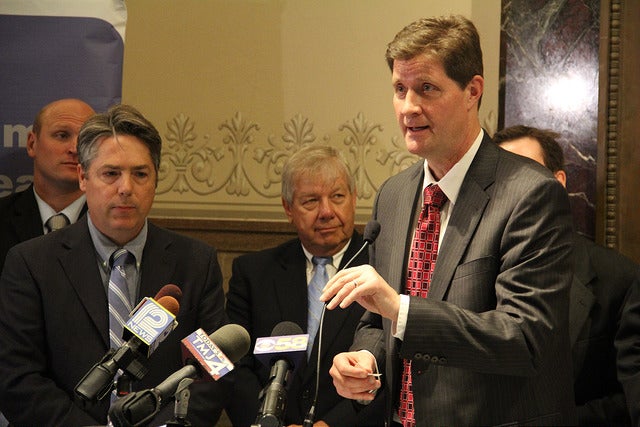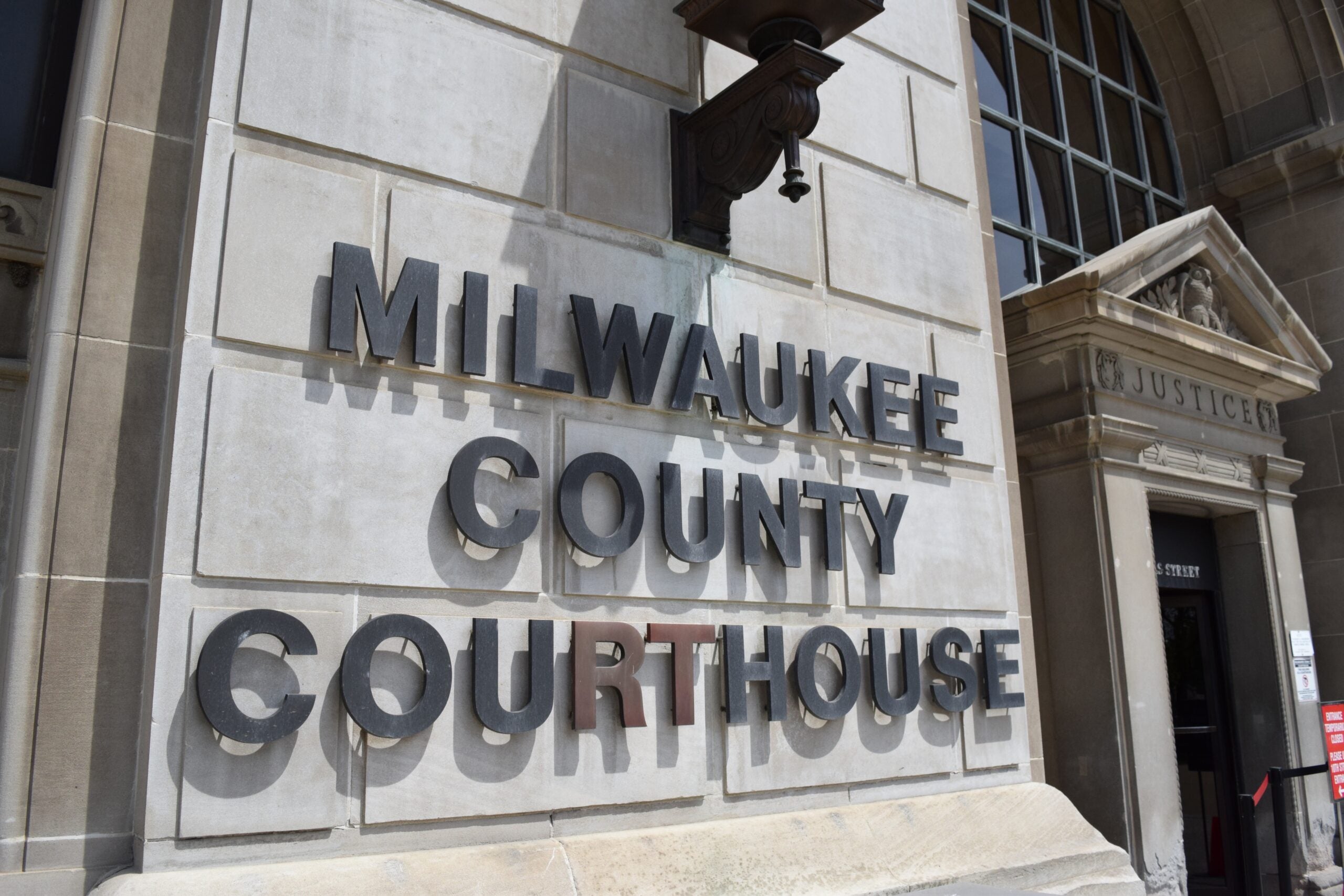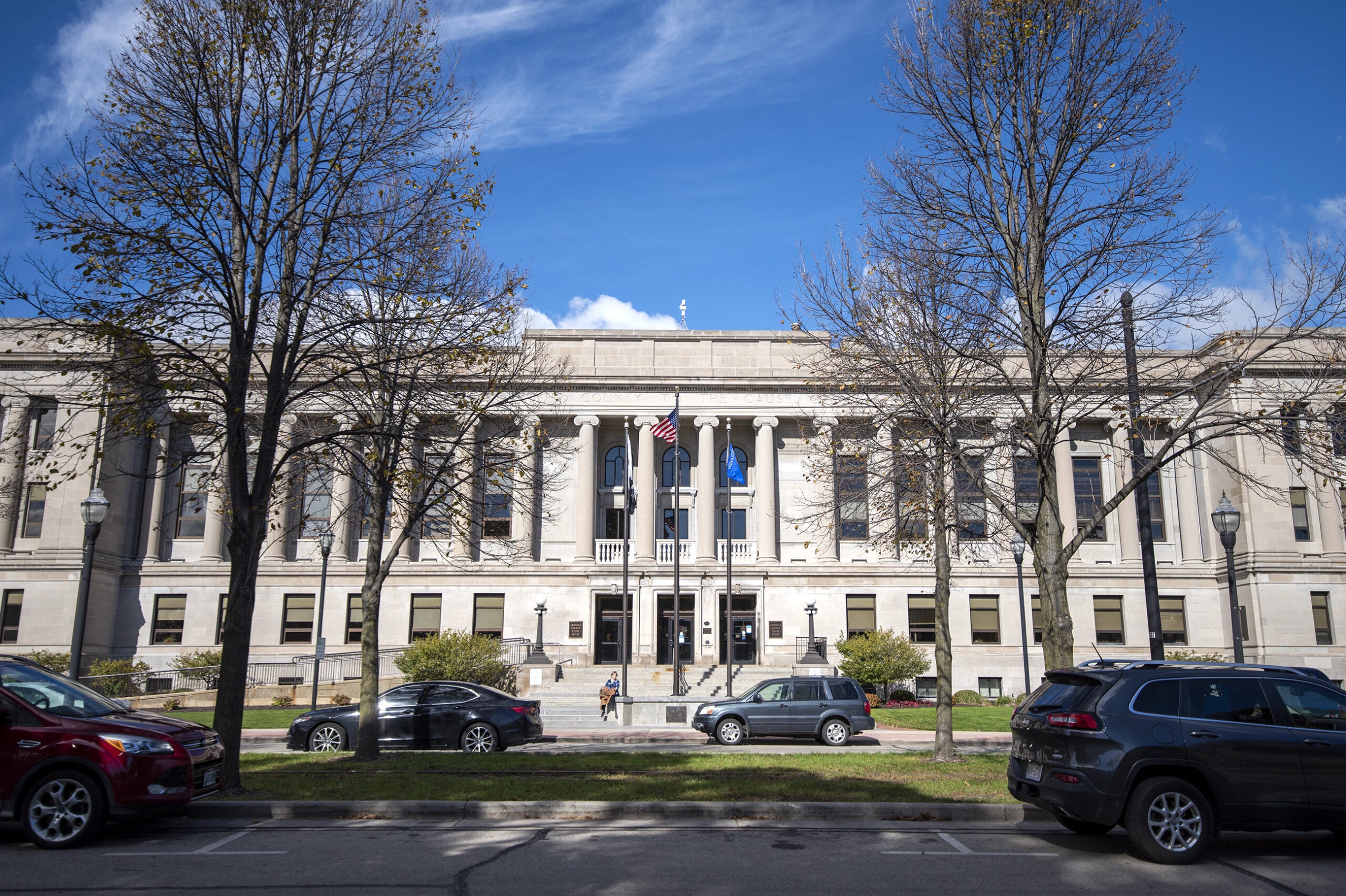Longtime Milwaukee County District Attorney John Chisholm says the county has turned a corner in dealing with some of its problems. Although challenges remain, the county has begun to recover from the COVID-19 pandemic and has seen a decline from the record number of homicides in 2022.
And that’s why Chisholm also says it is time for him to make way for new leadership.
“I have a strong feeling that some of the challenges that we faced in the last three years are starting to level out, and there’s equilibrium coming back to the system,” Chisholm recently told WPR’s “The Morning Show.” “I just have a strong feeling that we’re starting to stabilize. And this is a good time for me to move aside at the end of the year. It provides lots of time for people to select the next Milwaukee County district attorney.”
Stay informed on the latest news
Sign up for WPR’s email newsletter.
Chisholm spoke with “The Morning Show” about his time in office, his accomplishments and what challenges remain for Milwaukee County’s criminal justice system.
“One of the things that should be modeled is that you serve your community and then you voluntarily step aside when you think it’s the right time to do that,” Chisholm said.
The following has been edited for brevity and clarity.
Kate Archer Kent: You say challenges are leveling out. Are there still stress points that you’re trying to deal with as an office?
John Chisholm: No question about it. One of the successful things that we’ve been able to do using federal (American Rescue Plan Act) dollars is to actually increase our staff by about 14 to 15 assistant district attorneys, and that has helped tremendously to ease the backlog burden and get things back to a more normal state. That funding is going to expire at the end of the year.
It’s our hope that what we see is the case numbers return to roughly 2019 levels and that we also see a corresponding reduction in the violent crime in the community.
At the worst moment of the public safety and public health crisis, we had almost 215 homicides (in 2022) in the city of Milwaukee. Last year, that dropped significantly down to about 170. Still way too many and I would like to get us to pre-pandemic levels. Hopefully we’re going to get to that place again here in this coming year.
KAK: What key things are needed in order to get to pre-pandemic levels and reduce gun violence?
JC: We have to continue our efforts to work very closely with the community and identify the problems early on. It’s the classic public health model: You identify the problems early, you try to prevent them, you intervene intelligently when you see the problem emerging, and you rely on suppression as a last resort. Through our community partnership, community prosecution model, we’ve been able to do that very successfully.
We have a successful early intervention program for those suffering from mental illness, drug addiction and people who have been exposed to significant trauma. The work we’ve done with the family violence approach — just radically changing our approach to dealing with victims of family violence, through the Sojourner Family Peace Center — all of these are things that we can build upon.

Ultimately, I’m convinced that the resources have to be pushed down to the community level. All the studies, all of the people (in the academic world) that I’ve worked with throughout my career will tell you that the most successful interventions are when you have the resources right down at the neighborhood, right at the community level that they can apply to preventing these things from happening and successfully intervening and using the right dosage to treat the problem. … We just have to have a close collaboration between our businesses, our faith community and everybody focused primarily on young people in our community who are most at risk.
KAK: That requires a flow of funding. And there is a boost in the money that the state returns to local governments, known as shared revenue. Milwaukee is seeing that boost in funding. How will this additional revenue affect your office and what you see in the community?
JC: For the first time in — it’ll be 18 years at the end of my term — this has been the most promising circumstance with respect to funding the assistant district attorneys, finally, after a very, very long time. … (State legislators have) just started adequately addressing that issue this year. So hopefully, I can still attract and retain these magnificent young attorneys that want to do public service in the right way. And the same is true for public defenders.
Then, the flexibility that’s been given the county and the city to address public safety and other issues, through increased revenue flexibility, that’s all hopeful. It’s a unique opportunity for us to start addressing some of these historical issues.
I’m not unaware of the fact that when these negotiations were taking place, there was a reflexive knee-jerk reaction from the conservatives to take shots at the Milwaukee County District Attorney’s Office for what I would consider completely inaccurate reasons. But it didn’t matter. It’s politics. It’s another opportunity for this community not just to move forward and build upon the successes that we have had, but also take away this constant anti-Milwaukee, Milwaukee-versus-the-state-of-Wisconsin mantra that you hear.
Wisconsin Public Radio, © Copyright 2025, Board of Regents of the University of Wisconsin System and Wisconsin Educational Communications Board.






